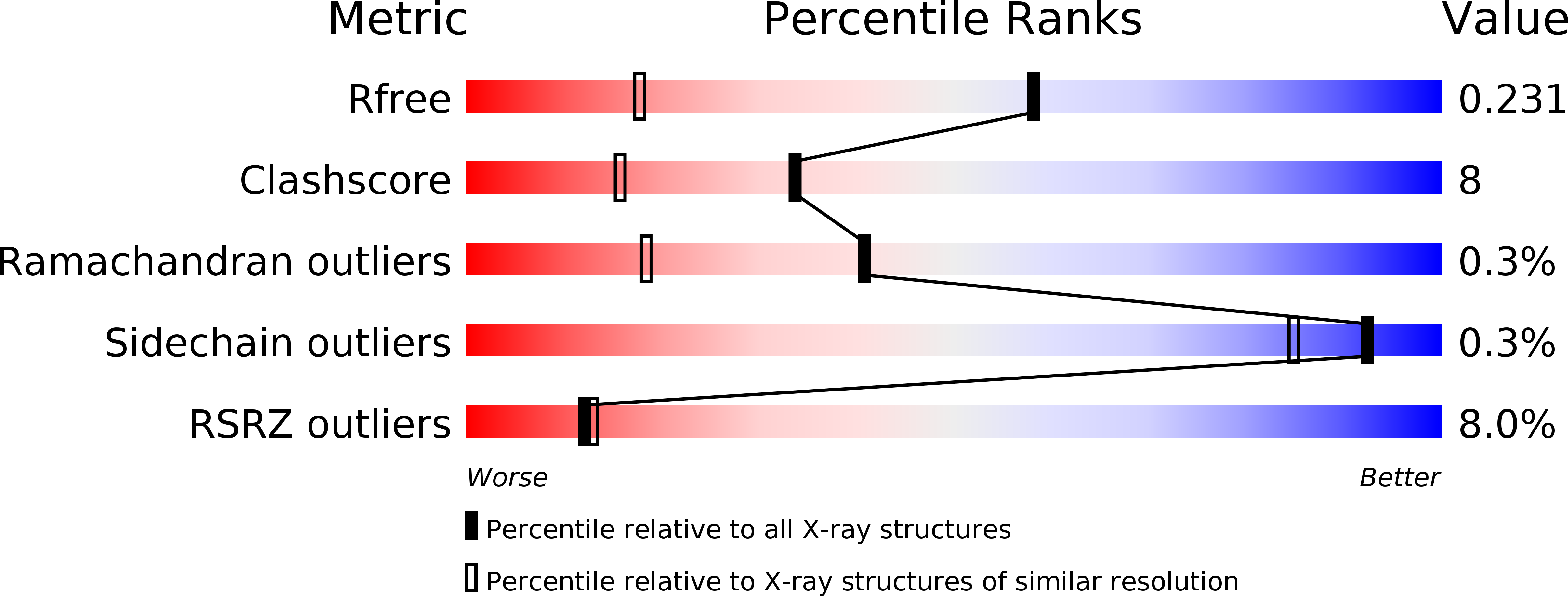
Deposition Date
2018-04-07
Release Date
2018-11-21
Last Version Date
2024-03-27
Entry Detail
PDB ID:
5ZN3
Keywords:
Title:
X-ray structure of protein kinase ck2 alpha subunit H148S mutant
Biological Source:
Source Organism:
Homo sapiens (Taxon ID: 9606)
Host Organism:
Method Details:
Experimental Method:
Resolution:
1.50 Å
R-Value Free:
0.23
R-Value Work:
0.19
R-Value Observed:
0.19
Space Group:
P 1 21 1


